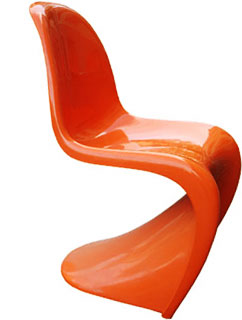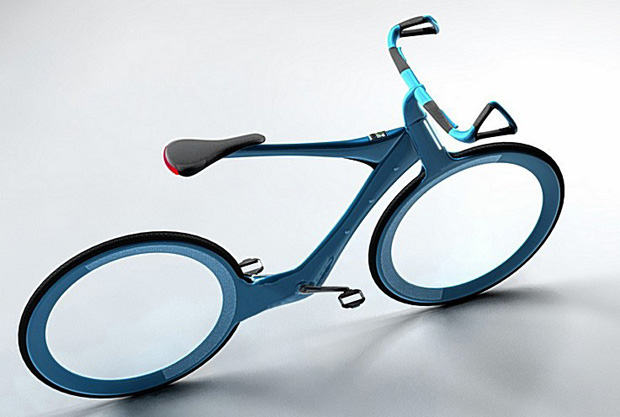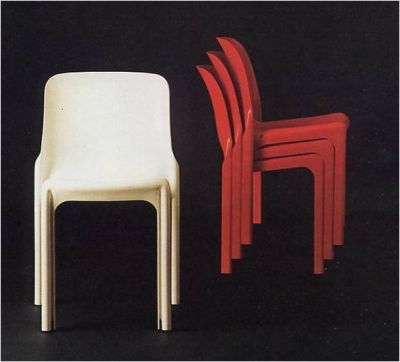Anti-Design was an Italian movement, around 1966-1980. It involved a lot of colour, and things you couldn't imagine in reality they always used irony and kitsh (cheap). In architecture this was also known as the Radical Design period.
They created the movement to be far from perfect, as everything was all about aesthetics, and these anti-design designers didn't want this.
Anti-design didn't agree with aesthetics and perfect measurements and really were against everything and they showed their emotions well.
However Anti-Design didn't officially start as an art movement until 1966.
Ettore Sottsass was one of the main designers in this movement and really set the movement off and started it all.

The Anti-design movement created unique furniture, and it was cheap, and aesthetics again, did not matter in the slightest. Their designs were meant to be functional, not necessarily beautiful.
Unlike modernism, where everything was to be kept and used again, anti-design thought of everything as a throw away object. Use it once and in the bin it goes.
It sounds like they did this on purpose, so they would earn more money because people would love the product and go back and buy more and more, but this was not the case. Anti-Designers wanted people to THINK about the objects they were buying, even if they ultimately threw those objects away.
Comparing Modernism to Anti-design, Modernism is very simple, simple colours like blacks and whites, where Anti-design is all about colour, different colours, even if they don' match or look 'right'.
Lastly, where Modernism believed in the adage ‘form follows function’, Anti-Design used the expressive potential of kitsch, irony, and distortion of scale... These characteristics would later become the hallmarks of Postmodern design and influence Memphis design.
Below: A bicycle design influenced by Anti-Design.
I really like the colours and how it looks very contemporary in relation to a normal looking bike.
I really like the colours and how it looks very contemporary in relation to a normal looking bike.

Anti Design Artists
Anti-Design rebels felt completely different to the modernisms. They created furniture to stand out on purpose, also sometimes for a use too, while modernism designers created things that were useful, and wouldn't be nonsense to the environment around.
 |
| Vico Magistretti I like how the chairs are stackable this makes them more convenient for every day use where ever one's self is. |
 |
| The Gufram |
 |
| Guido Drocco & Franco Mello |
Anti-Design. [online] Available at:<http://books.google.com.mt/books?id=J_NcHIW-zt8C&pg=PA345&lpg=PA345&dq=anti-design&source=bl&ots=hc4wHJq9YE&sig=YjkCW0yOYkegP76XSOqlT5vq3po&hl=en&sa=X&ei=UKrwUs6RKcL4gSb9IHIDQ&ved=0CHoQ6AEwDg#v=onepage&q=anti-design&f=false> [Accessed 20 November 2013]
Mary & Matt, 2010. Anti-Design. [online] Available at:<http://maryandmatt.net/category/design/page/3/> [Accessed 20 November 2013]
No comments:
Post a Comment